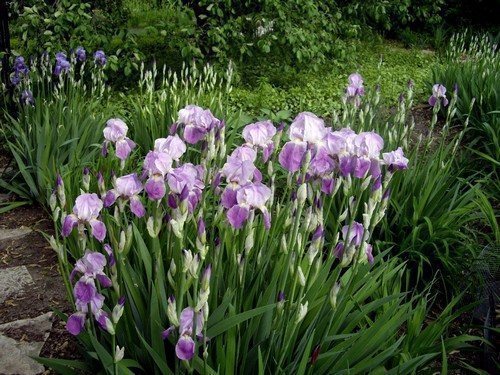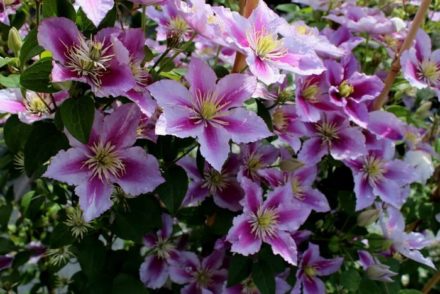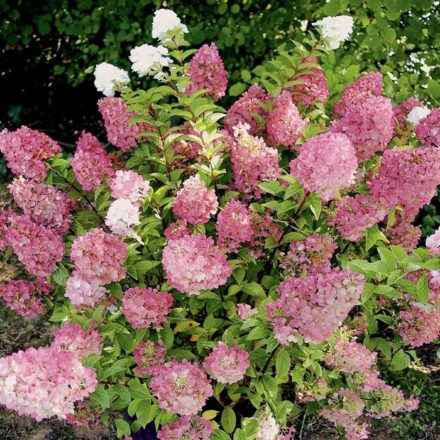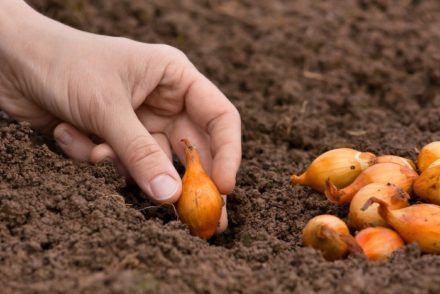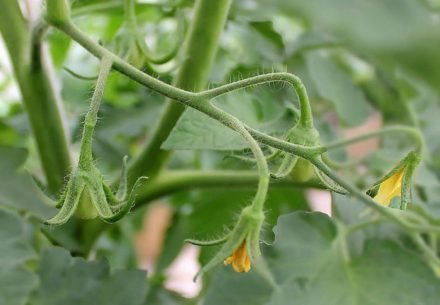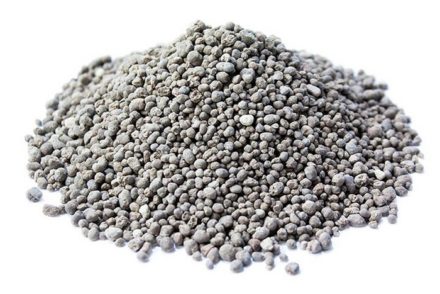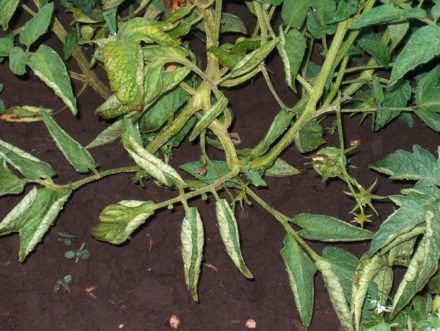Irises delight gardeners with continuous flowering from May to July if you select varieties with different bud bloom times. Flower buds on the plant are formed shortly after the current year's inflorescences wither. This is why summer care for irises is so important. Flowers must remain strong and healthy to bloom. There are 7 plant care rules that are recommended to be followed after flowering.
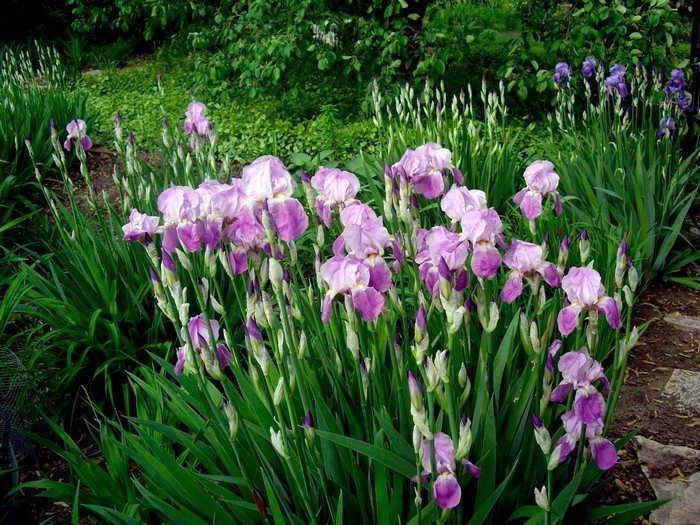
Pruning flower stalks
During flowering, faded inflorescences are removed from irises, this will speed up the formation of new buds. As soon as the plants have finished flowering, the flower stalks are trimmed using a sharp knife or garden shears, leaving small stumps. At the same time, the condition of the leaves is assessed. If any of them are dry or damaged, they are also removed.
Pruning after flowering has two purposes. First, the plants need to be kept healthy. Pests or fungal spores may appear on dying leaves and flower stalks. Secondly, by maintaining unnecessary green mass and setting seeds, irises waste their energy. Healthy leaves are kept on the plant until winter arrives, as they stimulate the development of the rhizome.
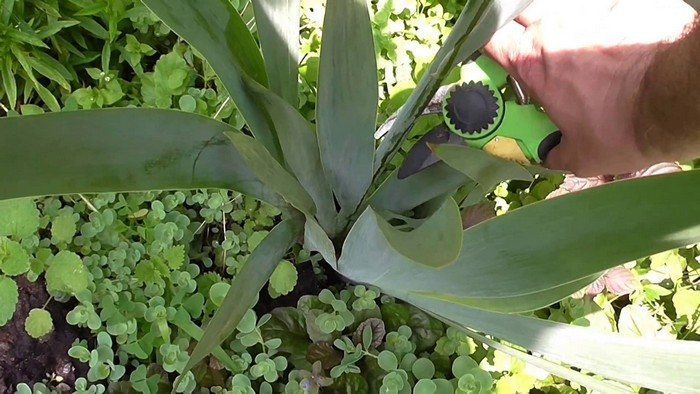
Stop watering
After the irises have faded, they stop watering them. At this moment, the plants are in the phase of dry matter accumulation in the rhizomes.Irises are simply not able to fully absorb moisture. Water will stagnate in the root zone, which can lead to soaking. As a result, the flowers will disappear. Lightly water the plants only during drought. The rest of the time, irises will have enough moisture in the form of precipitation.
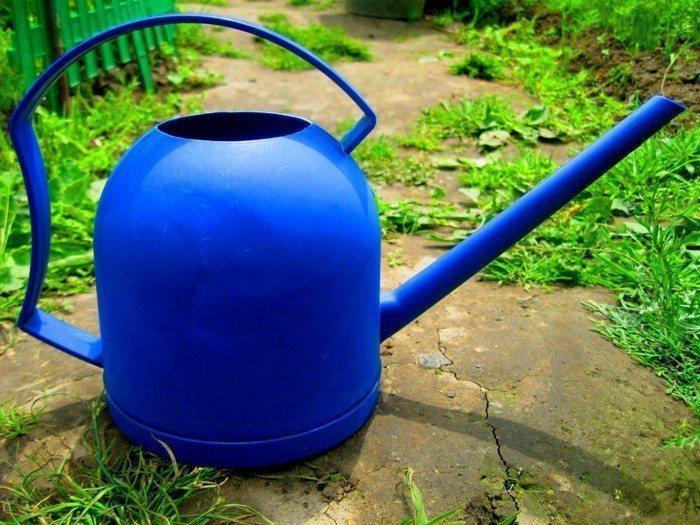
Mulching with compost
Irises spend a lot of energy blooming. Immediately after the inflorescences wither, it is advisable to add a little compost to the root zone. This will help the plants recover. It is important to know that you cannot use another type of organic matter for irises - manure. The crop reacts negatively to such fertilizer, and root rot may begin. At the same time, mulching will prevent the rhizome from overheating, and there will be no need to loosen the soil.
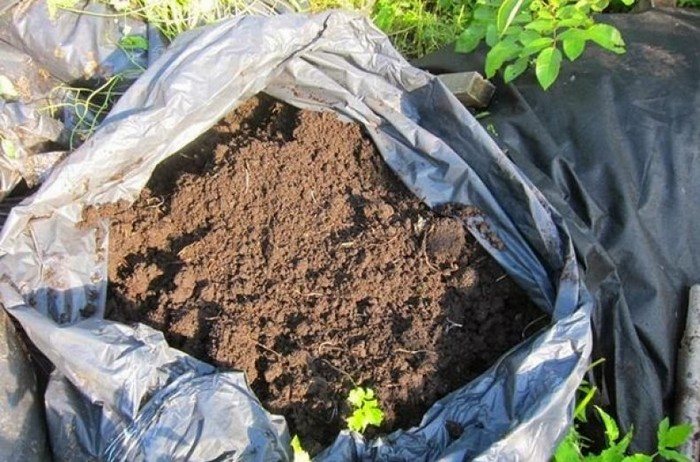
Loosening and weeding
If the irises are not mulched, it is necessary to organize regular loosening of the root zone with simultaneous weeding. Both events are best done after rain. It is necessary to loosen the soil very carefully so as not to inadvertently damage the roots of the plant. During weeding, weeds are pulled out by hand without using tools. The reason for this is the same - the rhizome can be easily injured, as a result the perennial will get sick or die.
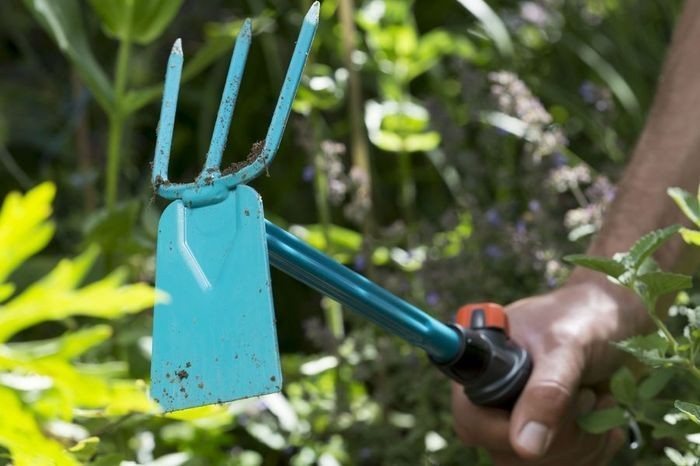
Basic summer feeding
A month after flowering, irises are given fertilizer containing potassium and phosphorus. Fertilizer will promote the formation of flower buds and prepare the plant for winter. Potassium improves metabolic processes in plant tissues, increases the winter hardiness of flowers, and helps resist rot and fungal diseases.
Phosphorus also has a positive effect on frost resistance. Add 1 tablespoon of phosphorus and potassium fertilizers (superphosphate, potassium sulfate, potassium magnesium sulfate) under each bush. The granules are carefully embedded in the top layer of soil. If you leave the fertilizers on the surface, they will be of no use.
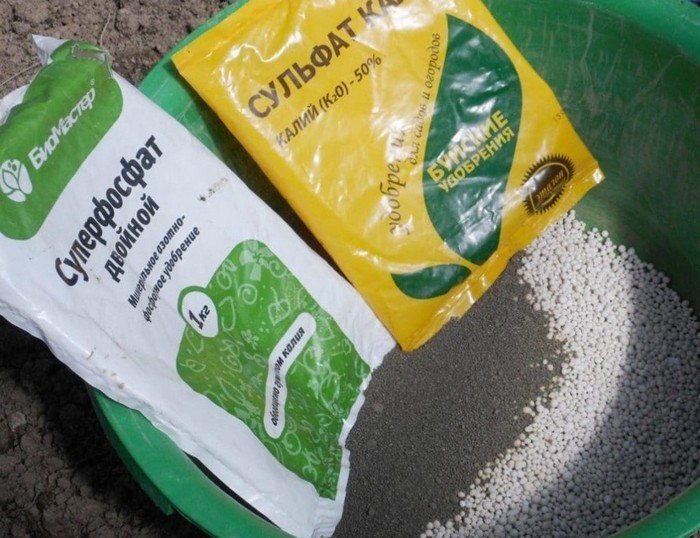
Treatments against diseases and pests
Diseases of irises occur due to damage by fungi and harmful bacteria. Symptoms appear on the leaves, in the area of the root collar. The plant becomes covered with red or black spots. Irises are often affected by fusarium, which leads to root rot. As a preventive measure, plants are sprayed immediately after flowering with a 1% solution of Bordeaux mixture.
In the future, spraying is repeated every 2 weeks. If the manifestations are already noticeable, use the same product in a 3% concentration or other chemical fungicides. At the same time, as a preventive measure, you can carry out insecticide treatment to protect the irises from damage by harmful insects. Spray the flowers in warm weather in the morning or in the evening before sunset.
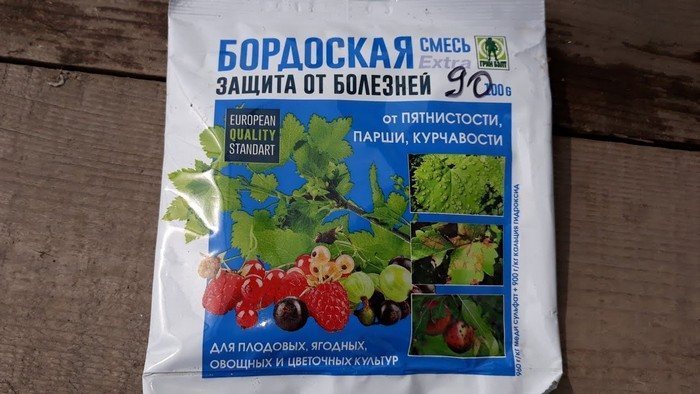
Dividing adult bushes
On average, once every 4 years, the iris bush is usually divided into parts. During growth, the plant annually forms young shoots that no longer have enough nutrition due to too close proximity to the mother bush and to each other. If no measures are taken, the flowers become smaller from year to year, and then the irises stop blooming altogether.
Every 3-5 years, after flowering, the bush is divided into parts and planted in predetermined places. Before this, the leaves on the plant are shortened, cutting them by 2/3 of the length. In this case, the divisions will take root faster. Complex fertilizer is added to the planting holes.After planting, irises are protected from the sun for the first days. Next year, all planted specimens will already begin to bloom.
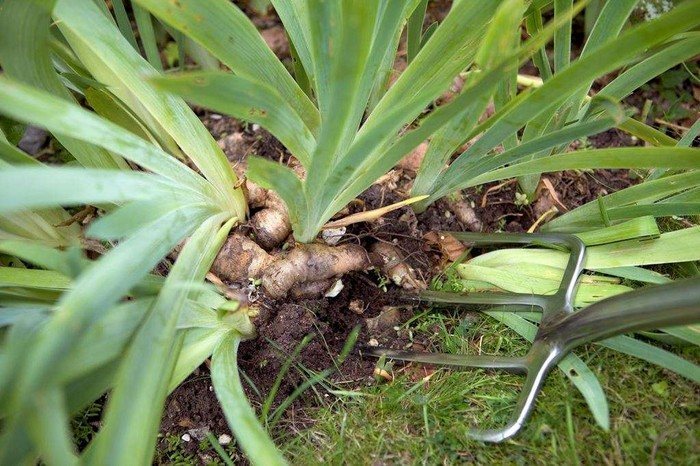
In addition to care, during the summer season it is necessary to take care of the wintering of irises. This is especially true for young plants planted this year. Before frost arrives, the bushes are sprinkled with sand and then peat. In regions with harsh climates, spruce branches or dry leaves are additionally placed on top. In spring, the shelter is removed gradually, layer by layer.


